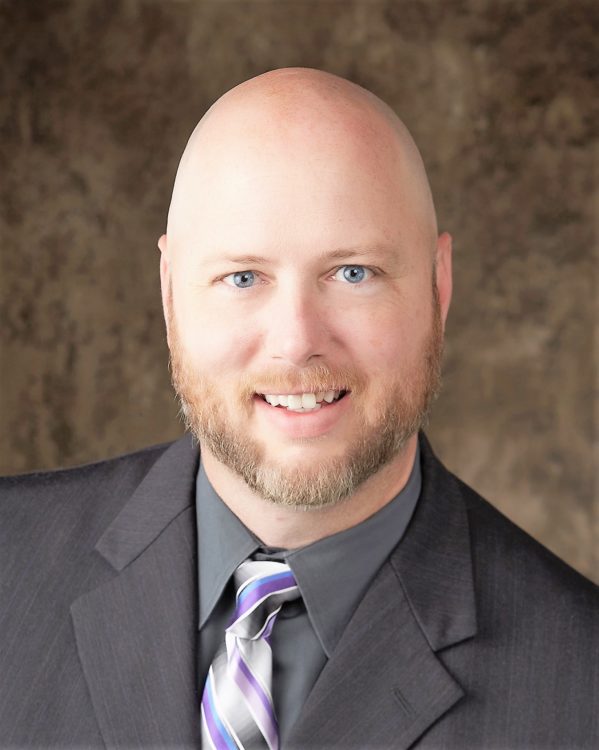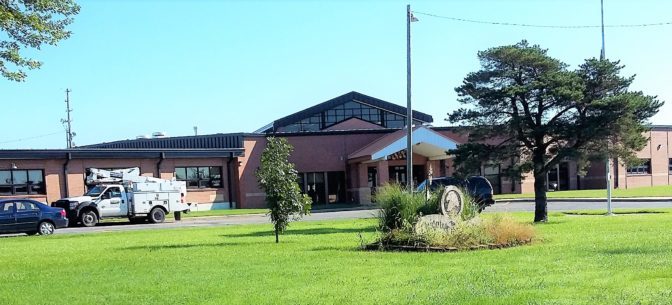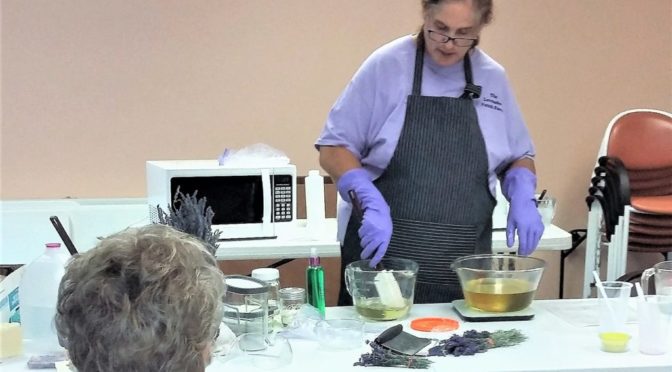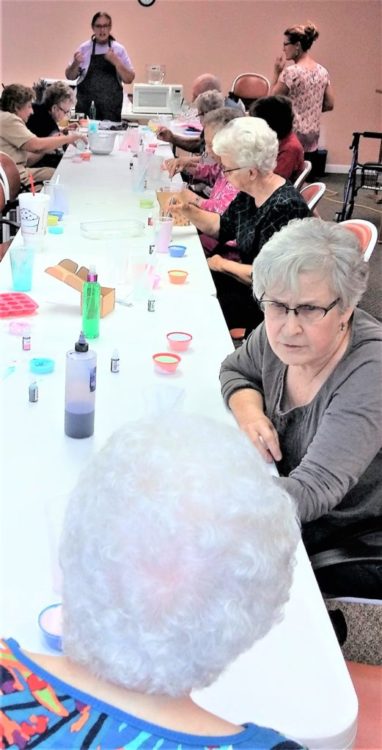
Summer Droughts Have Lingering Effects for Cattle after Recent Rains
According to Bob Weaber, Kansas State University Extension Cow-calf Specialist, drought-stressed pasture issues linger after rain. For many producers in Kansas, the last couple of weeks have brought much-needed rain to our r rangeland and helped fill ponds on which we depend for watering livestock. Undoubtedly, the rain was welcomed by many and does much to relieve the short surface water supplies. The spring and summer of 2018 will be remembered by many cattle producers due to the hot and dry conditions that persisted. The lack of rain resulted in subpar forage production for both cool and warm season grasslands. As a result, cattle producers will face a wide range of lingering effects of the drought over the coming months and perhaps years.
The lingering effects of a drought can be broadly classified into cow nutritional effects, cow reproductive effects, calf performance effects and rangeland/forage effects. All will take time for recovery but in each case, careful management can hasten the progression of recovery.
In some cases, the reduced forage supply has resulted in cows losing substantial body condition after calving. If calves have not been weaned, consider weaning them to reduce nutritional demands of the lactating cows. Weaning calves will help extend feed resources in short supply and help stop the slide in body condition. Remember cows should be in BCS 5-6 at calving. The interval immediately following weaning of spring-born calves provides the best chance of correcting body condition in cows as inexpensively as possible. Spring-calving cows at this time are in their second or early third trimester and, without the demand of lactation, are at their lowest point of nutritional needs during the production cycle.
Each body condition score that needs to be replaced represents approximately 80 lb. of body weight. Getting cows to gain 2 lb. per day for 90 to 100 days is easy and can be done inexpensively. Seek out your local extension professional for assistance in developing a low-cost supplementation strategy. Two pounds per day gain for 90 days can improve flesh on a BCS 4 cow and account for the growth of the fetus. Neglecting recovery of BCS in the thinner cows will result in extended postpartum intervals and decreased lactation performance in 2019. Worse yet, if these cows don’t recover adequate condition by the 2019 breeding season, conception rates will suffer, and the 2018 drought effects will carry on into 2020. Correcting BCS in drought-affected cows should be a high priority.
The 2018 drought has resulted in reduced fertility or increased embryonic mortality in some cases. Several reports suggest the excessive heat in late June and early July many have stressed cows sufficiently to cause early embryonic losses. A timely preg check by your veterinarian can help uncover the effects of the drought on reproduction in your herd. Embryonic losses may have resulted in cows returning to estrus and settling late in the breeding season and shifting the expected calving distribution for 2019. Knowing that shift now may allow producers to adjust feed supplementation and labor needs for the coming calving season to more appropriately align with demands. The drought may result in a larger than typical number of open cows in your herd. The timely preg check can help find these open cows and assist in developing either a strategy for culling or shifting them to a fall calving system. If feed resources are extremely tight, culling opens can extend feed availability for the reproductive herd.
The substantial recent rains don’t alleviate the short supply of standing forage available for grazing in many areas or the short hay supply. Careful range management and rest following the recent rains can help the grass stands regenerate root resources preparing them for the next spring growing season. If producers have tillable crop acreage, winter annuals or cover crops can help take the burden off pastures. The recent rains should make for good planting and germination conditions. Hay prices are likely to remain high in many parts of Kansas so seeking alternative forage or energy sources for cows is worth exploring. Corn remains fairly inexpensive and can be used as an effective energy source for cows.
Cow-calf producers are encouraged to critically evaluate their cow herd and forage conditions over the next few weeks to devise strategies to mitigate the 2018 drought effects. The clock is ticking on the options available. Don’t let the recent rains and green up of pastures be an excuse for inaction.











